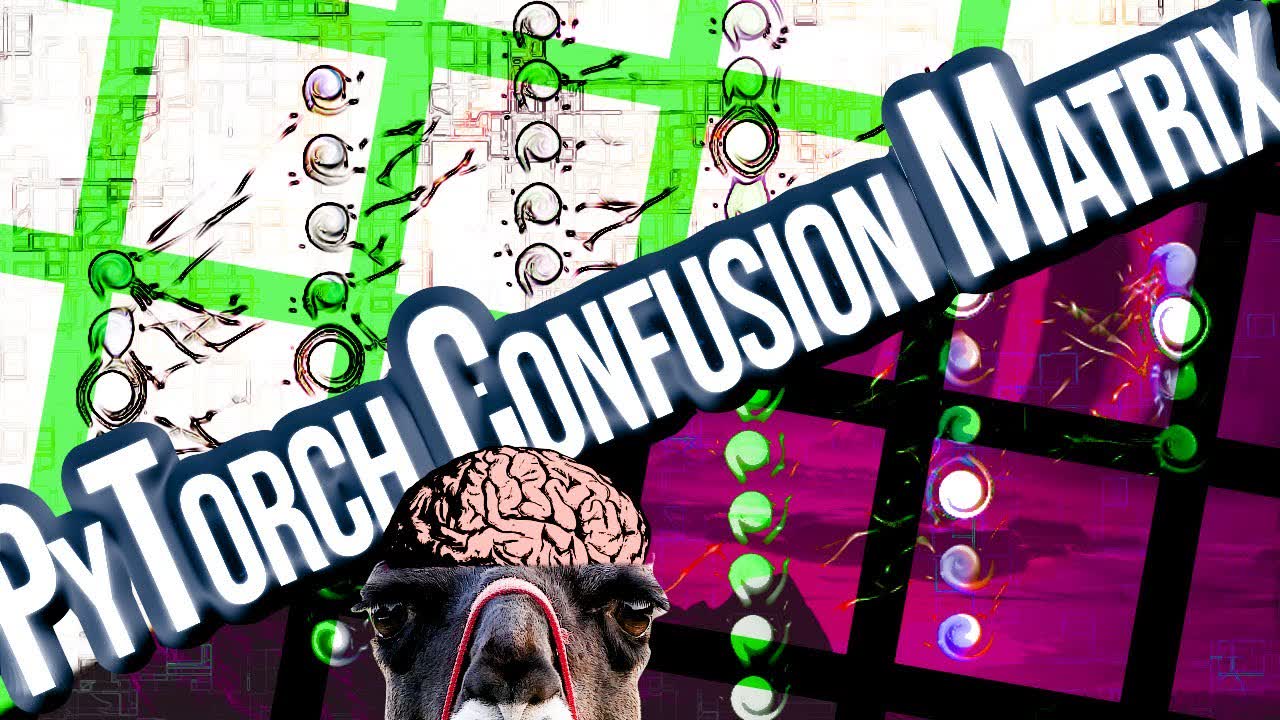video

Deep Learning Course - Level: Intermediate

Welcome to this neural network programming series. In this episode, we're going to build some functions that will allow us to get a prediction tensor for every sample in our training set.
Then, we'll see how we can take this prediction tensor, along with the labels for each sample, to create a confusion matrix. This confusion matrix will allow us to see which categories our network is confusing with one another. Without further ado, let's get started.
Committed by on